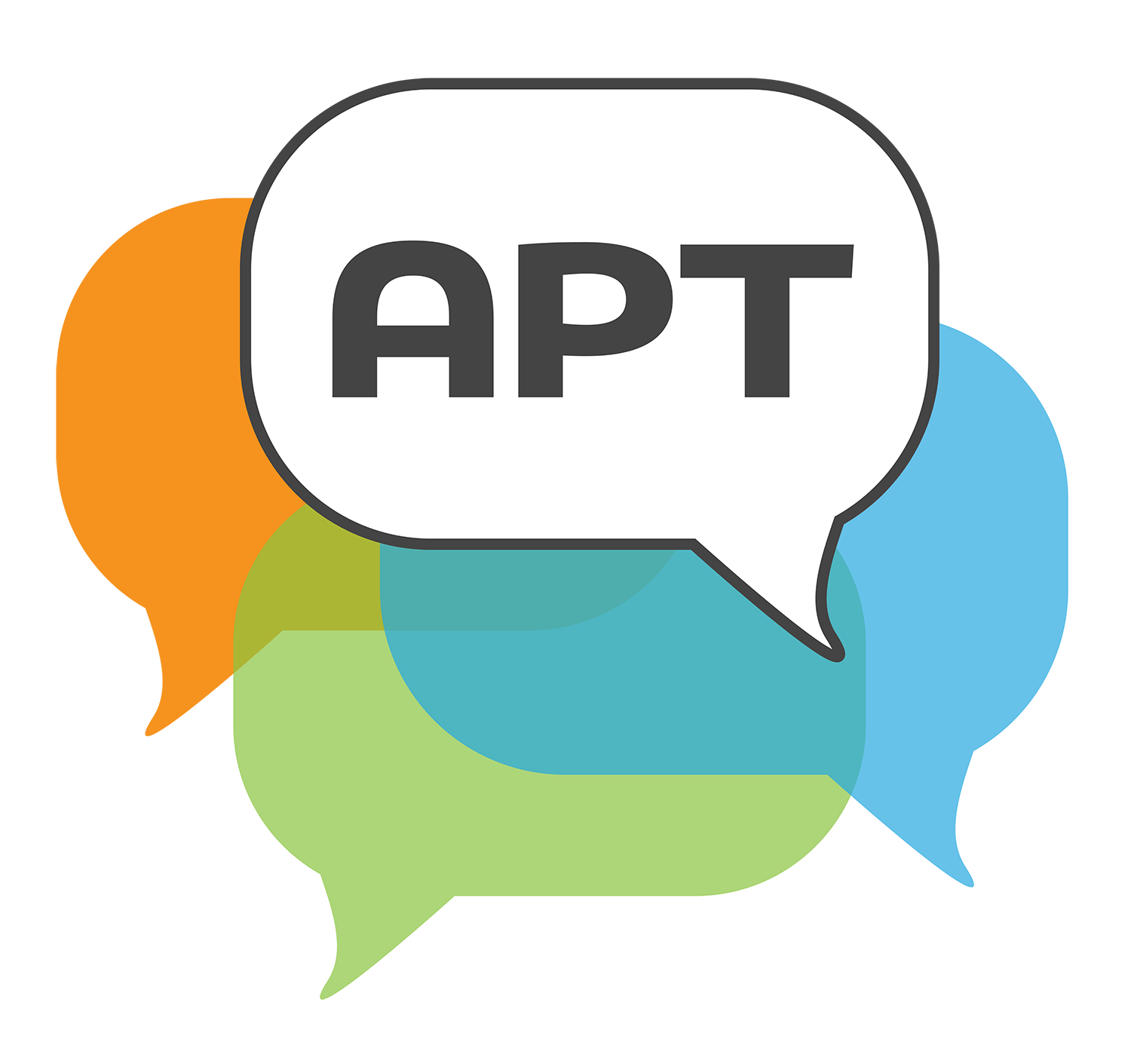Black Cowboy, Wild Horses
Language Arts • Grade 8
Selected segments with commentary below » Full video viewable here.
The video opens with the teacher indicating to the students that they should start the discussion. Notably, this is her only contribution to the discussion for the remainder of the video. As such, it is evident that the students are accustomed to participating in such small group discussions. They immediately launch into the discussion and are able to sustain talk about the story without the teacher’s direct control over the content or students’ turn-taking.
The first question asks students in the group to consider their outside knowledge connected to the text, specifically about animals other than the wild horses in the story that fight in the wild. The students come up with a range of relevant examples, bringing prior knowledge about honeybees and lions into the discussion.
During this part of the video, students discuss a series of questions about, around, and with the text. There are many indicators of academically productive talk occurring here. For example, the first question asks students to describe the relationship between the main character, Bob, and his horse, Warrior. This requires the students to think about what they learned in the text and synthesize new ways of considering that information. In their responses, students frequently provide rich explanations of their thinking that include support in the form of reasons and evidence from the text. The students also consider the ramifications of having two horses fight, using their own personal experiences and prior knowledge to make their judgments.
At this point, students change the topic to talk about a portion of the story in which a calf is bitten by a venomous snake and dies in the wilderness. The students do an excellent job in this section of not only responding with their own thoughts, but also building upon and/or challenging each other’s thoughts and understandings of the text. For example, while one student expressed that she was very sad and would have tried to save the calf, another student then pointed out that they were in the middle of nowhere and had no way of saving the calf from the snake’s venom. The students also once again related the discussion back to other things they’ve read and experienced, making connections between their prior knowledge and the text.
This section of the video begins with one student asking another student in the group if they have a question. Notably, the student being encouraged to ask a question has participated very little in the discussion up to this point. Rather than the teacher having to notice and trying to include the student in the talk, the students do this themselves. This is a good example of the type of classroom culture that can evolve when students are given the opportunity to both ask and respond to questions as well as control the flow of discussion. The student then asks their question and participates in the discussion during this final portion of the video.


